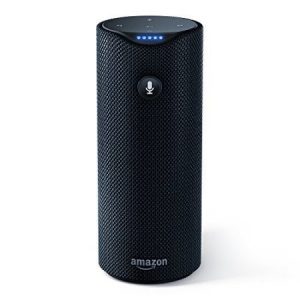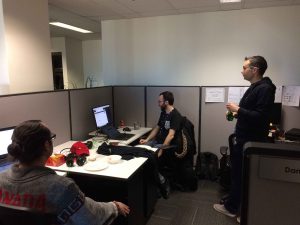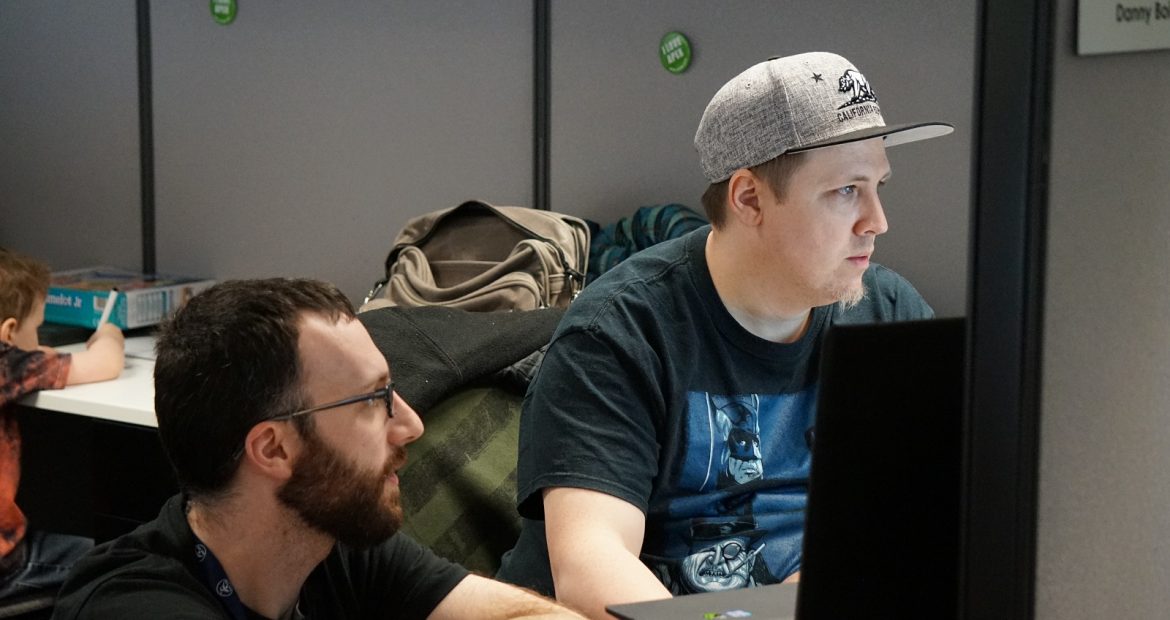In the middle of Insum’s 2018 Hackathon, we spoke to Martin D’Souza, Innovation Director at Insum. Martin explained the guiding principles behind Insum’s Annual Hackathon and how he and the InsumHack18 teams have experienced this year’s theme, Alexa.
Alexa is a digital, voice-activated assistant built into platforms such as Amazon’s Echo.


So how many Hackathons have you organized at Insum so far?
I think this is my third one. It’s something that I wanted to do when I first came onboard with Insum. I’ve got to thank Michel St-Amour, (Co-founder and President of Insum) and Francis Mignault (Co-founder and Vice President of technologies at Insum) for investing in it because there’s a lot of prep time and some associated costs, as well. The first year turned out to be a real success and now it’s become a reoccurring event. This year is particularly exciting because we have teams from Canada, the USA, and Peru!
Employees seem to really like it. It gives them the opportunity to do things they don’t get to do in their day to day job. It also lets them explore technologies that they haven’t gotten to use with clients, yet.

This year’s hackathon technology is Alexa. How difficult is Alexa?
It’s pretty difficult! This is by far the most challenging Hackathon we’ve had because of it. In the past, we gave participants a theme or just had an open competition. The teams tended to use technology that they know. They’d make things look nice and build apps that they wouldn’t necessarily get to use at client sites. This year, they’re doing things they’ve never done. Also, dealing with Alexa is complicated; there are lots of details. It was interesting in the beginning because people were struggling a lot to get things working. Then, when they first actually got it to work there was a lot of excitement. It’s like when you first start coding. You get stuck and then you have to dig yourself out of a hole and when you do, it’s exhilarating.
I have to point out that although not many clients use Alexa, there are a lot of things to learn from this experience. A lot of takeaways.
How do you get the teams to narrow down their focus?
This year the teams had a month to form and research what they were going to do with Alexa. We have sort of an Iron Chef theme. Iron Chef is the TV show where the chefs are given one main ingredient. They then have to turn around and make a 5-course meal out of that ingredient. If that ingredient is Lobster that means 5 courses, including desert, with a Lobster. That’s the spirit of what we want to achieve here. As Alexa is a complicated product, we provided some training. There are actually a lot of steps needed to get it working.
Are the Hackathon teams’ ideas practical, or really out there?
It depends (laughs). Of course, I don’t want to reveal anything here. Some ideas are practical for the day-to-day, some are more useful for departments and IT teams. Some are just pure fun! But I think it’s the technology behind it, and what you learn to get there that will be the big takeaway for participants. There are actually some really interesting ideas and people have gone way beyond what I actually thought they were going to do! For the past month I’d been digging around and answering participant’s questions about Alexa, but now they are showing me things I didn’t know how to do! It is really interesting that they’ve gone that far in only about a half a day of actual work.

So how do the teams work with Alexa?
Well, firstly, they have to interface with Alexa through a web service. This is what allows them to control what Alexa calls “Skills”. For example, an app on your iPhone is a “skill” that’s embedded in your device. You can control that through Alexa. When you talk to your Echo (Alexa device), it will convert speech into a computer-readable data payload. That is then sent to whatever RESTful service you want. So, Alexa is helping change preconceived ideas about the user interface. We are all used to a mouse and keyboard right now and programming against them. Now we have to program against voice controls.
Alexa really helps you because you can mold it, and tell it what you are expecting and what it has to say back. You don’t have to write all that code. What you do have to write is what you want it to do with the natural English text it has just processed. Alexa doesn’t know what to do with that. You tell it how to process it and what to say back to the user.
I think that this is getting participants to think about how not everything in their day to day lives must be about using a keyboard and mouse. Just as now you can ask Alexa to add something to your grocery list, there many other tasks that can be potentially automated this way.

It is still difficult to imagine what the teams have come up with…
Well, we’ll find out Monday afternoon (Laughs)! Some teams started with very basic ideas, and now that they’ve got them working, they are starting to expand on those ideas very quickly. Again, this is really interesting as they’ve only worked a very short period of time. I’m really looking forward to seeing the results.
So are we! Thank you very much Martin D’Souza
Thank you!
see the InsumHack18 Results here!
